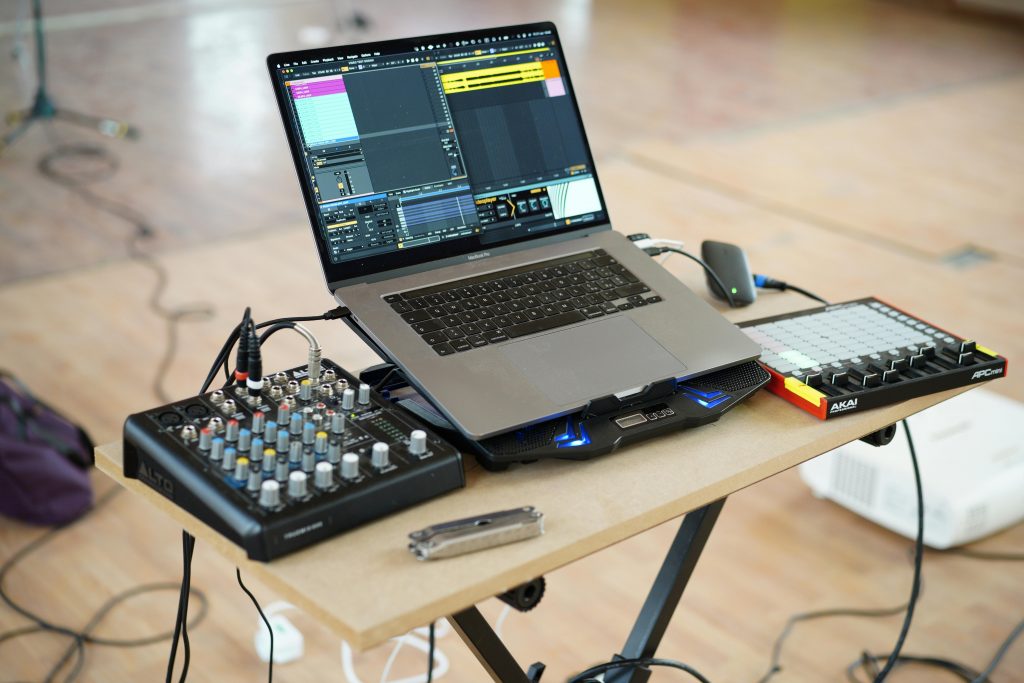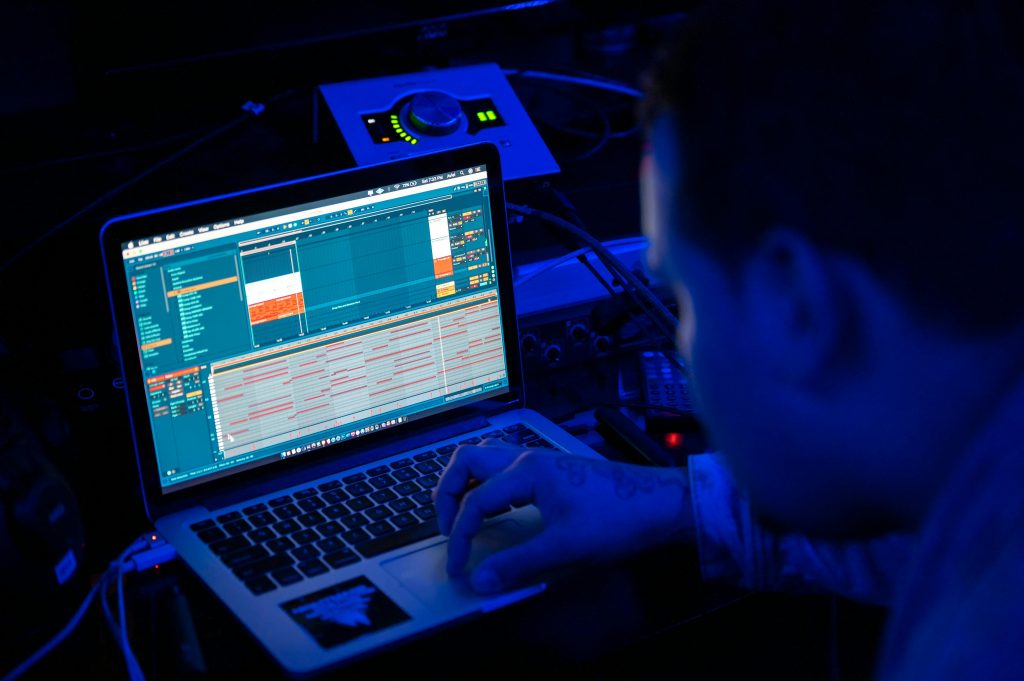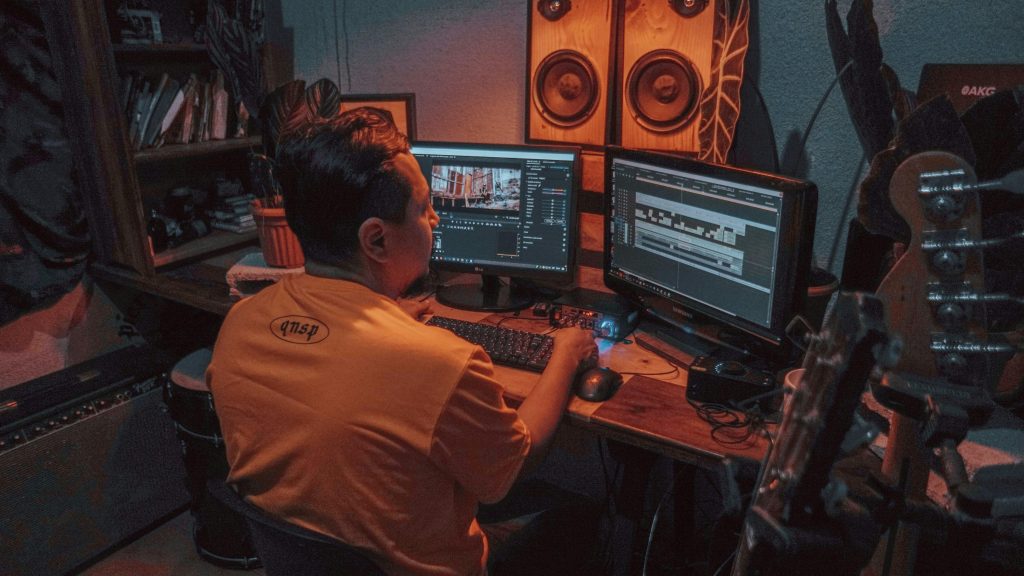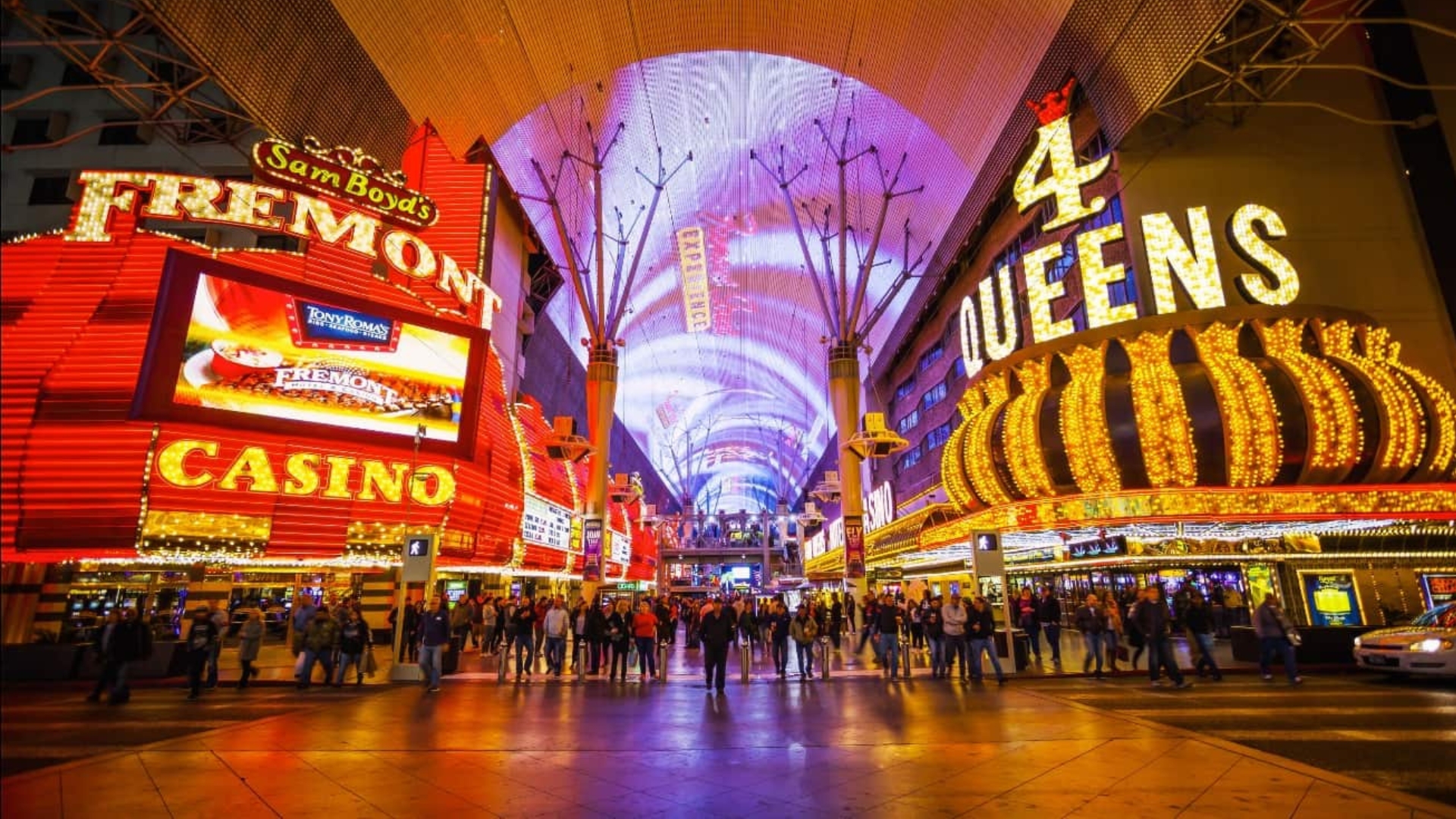Sound design is one of the most thrilling aspects of music production. It’s where imagination meets engineering—where you’re not just shaping music but creating new worlds through sound. While effects like reverb, delay, distortion, and modulation are often used for mixing, their creative potential in sound design is nearly limitless. Thoughtfully applied, effects can transform ordinary sounds into textures that defy genres, eras, and expectations.

Whether you’re scoring for film, crafting electronic music, or adding a twist to a track, learning to manipulate effects opens the door to a truly distinctive sonic fingerprint. And the more you explore, the more your ear becomes attuned to nuanced layers that elevate the emotion of a composition.
Reverb as Texture, Not Just Space
Reverb is typically used to simulate natural environments—but when treated as a sound design tool, it becomes an instrument in itself. By increasing decay times, pre-delay, and modulation parameters, you can create sweeping ambient tails that evolve and shimmer—perfect for cinematic swells or ethereal pads.
One technique pros use is to bounce reverb-heavy layers to audio and then reverse or stretch them. This creates textures that feel like they’re breathing within the mix. Using tools like Waves H-Reverb, designers can sculpt reverb tails, adjusting damping, EQ, and modulation to craft an ambiance that feels alive and unpredictable. These lush textures are especially powerful when layered subtly with dry elements, enhancing dimension without overcrowding the mix.
Delay as Movement and Mood
Delay doesn’t just repeat audio—it introduces rhythm, texture, and dimension. By automating delay times or modulating feedback levels, you can create evolving patterns that build tension or dissolve into ambient clouds. Ping-pong delays widen narrow sounds, while slapback delay gives instruments a vintage flavor.

In experimental workflows, delays are layered with other effects—like distortion or flanging—to add grit or instability. The Waves H-Delay offers analog-modeled warmth, tape-style feedback, and modulation features that turn simple echoes into central sonic characters. Using tempo-synced delays in conjunction with rhythmic automation gives your sounds a pulse and personality that feels embedded in the composition’s core.
Distortion and Saturation as Harmonic Sculptors
Distortion isn’t only for aggressive sounds—it colors and enriches harmonic content. Gentle saturation warms up sterile synths, while heavy distortion can deconstruct a sound into something entirely new.
Layering multiple types of distortion—tube, tape, bit crushing—creates textures that evolve with each frequency band. You can drive the midrange with analog-style distortion while keeping highs clean, a technique common in modern electronic music and soundtracks.

With plugins like Waves Abbey Road Saturator, producers fine-tune distortion characters, using vintage analog gear modeling to add personality and presence without sacrificing control. Applied sparingly, even distortion becomes a dynamic tool to add emotional weight and grit.
Modulation for Motion and Mystery
Modulation effects like chorus, phaser, and flanger often serve as finishing touches—but when used early, they can dramatically alter a sound’s tonal behavior. A static synth becomes a swirling, animated texture; a dry guitar strum transforms into a dreamy wash.
The key is subtle movement. Variations over time keep sounds from feeling lifeless, especially in long-form compositions. When applied with tempo-based automation—panning, pitch, or filters—modulation glues elements together or sends them spiraling outward.
Waves MetaFlanger and other modulation tools in their suite allow creators to tweak these movements in ways that feel organic and futuristic. The interplay of modulation and spatial effects can create sonic illusions that feel alive within the mix.
Resampling and Reimagining
Resampling is one of the most creative ways to use effects. Take a vocal, drum hit, or field recording, process it with layered effects, and then resample it. The once-familiar sound becomes something entirely new.
Pitch it down for eerie textures, chop it into rhythmic elements, or reverse sections for ghostly transitions. This is a staple in cinematic and electronic production, where originality is key.
Plugins like Waves Reel ADT, simulating the classic double-tracking tape effect, lend a retro-futuristic touch to resampled sounds, blending analog imperfection with digital precision. Combine this with granular synthesis or convolution reverbs for even deeper explorations into unique textures.
The Sound Designer’s Philosophy: Think Like a Sculptor
Creative sound design means thinking differently. Effects aren’t just post-production tools—they’re real-time collaborators. Treat your DAW like a playground, your plugins as brushes shaping raw material into art.
Great sound designers lead with curiosity. “What happens if I automate delay feedback every fourth beat?” or “What if I apply granular reverb only to mid frequencies?” Questions like these lead to breakthroughs.
Conclusion
The magic of sound design lies in its freedom. Effects are more than polish—they’re instruments of imagination. Whether layering reversed reverbs, saturating synths into screaming leads, or stretching delays into infinite echoes, every knob holds the power to create something new.
As music and media continue to blur boundaries, your approach to effects can set you apart.
Last modified: September 1, 2025







